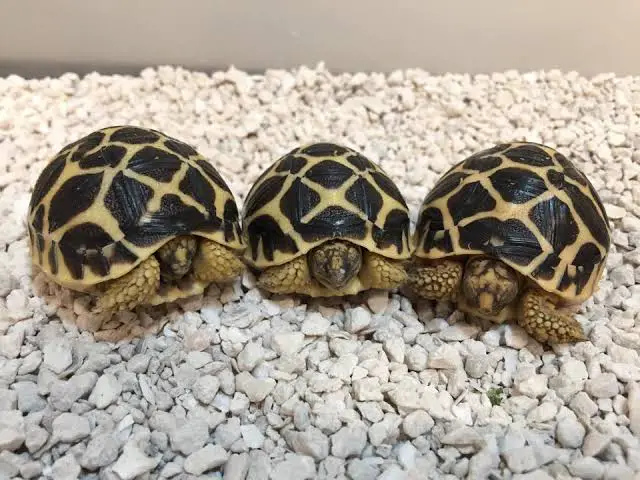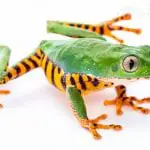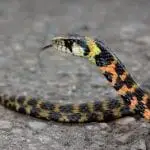For many years, humans have rapidly changed the environment and are still doing so. There’s just no limit to the ability of humans to create, change, and sometimes, to destroy. Man has continued to create landscapes for our growing population, and usually, there’s no feasible way to manage this number of people and wildlife has no way to adapt to the changing reality.
As we speak, reptiles and amphibian numbers are declining, with the population heavily affected by human activity. Both known and unknown causes are now affecting reptiles, and turtles are no exception.
Studies regarding the decline of reptile and amphibian diversity have revealed that many factors are responsible for the habitat loss of reptiles, especially turtles. Factors like habitat loss, the presence of invasive species, climate changes, and pollution are only a few reasons, and wildlife is now barely hanging on.
Vulnerable animals can’t do it alone; therefore, captivity is the only way for many of these threatened animals and endangered species to thrive. When you visit the zoo, or any park or facility with animals in cages, you usually hear visitors say that these animals shouldn’t be in cages.
These are common reactions of people who do not comprehend the importance of captivity. There are also times when these wildlife organizations are criticized with concerns about animal welfare. Criticisms are from people who don’t understand why animals are kept in enclosures and why they are in zoos and parks.
Zoos create a haven for reptiles and amphibians as well as other animal species, too, like birds, rabbits, lizards, small mammals, and other exotic cats. Although these are placed in a captive facility, conservatories create a haven for these animals. They are free to do what they please and don’t have to worry about predators, disease, invasive species, or extinction. In zoos, you’ll find enclosures set up in habitats that look like the animal’s natural habitat. The animals may not even realize they are in a made-up environment.
What is an assurance colony?
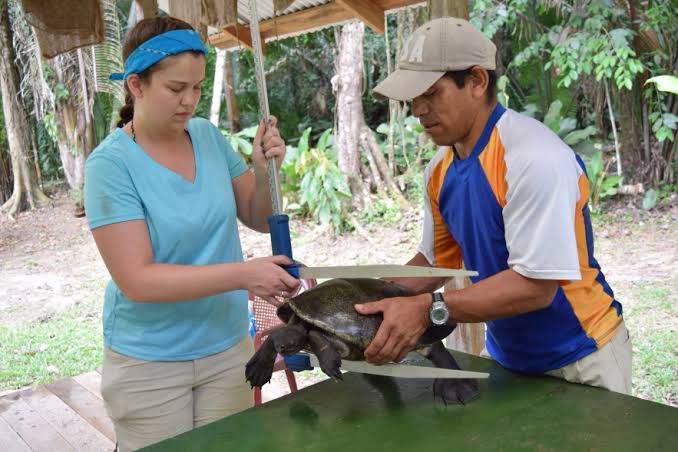
“Assurance colonies” is a word that refers to a group of critically endangered or threatened animals in captivity. Assurance colonies are used to create various conservation programs together with breeding groups to ensure that these animals will not become extinct. In the wild, these animals have very low chances of survival, and they may only do so in an assurance colony.
Assurance colonies are often organized by the Association of Zoos and Aquariums or AZA Species Survival Plans. These colonies may also be organized by private groups or individuals that work under AZA or not. At present, there are thousands of zoos and conservatories owned by private companies all around the world that use assurance colonies to save reptiles and amphibians. Here are the most popular assurance colonies involved in saving our favorite reptiles and amphibians.
Assurance colonies for the Myanmar Roofed Turtle
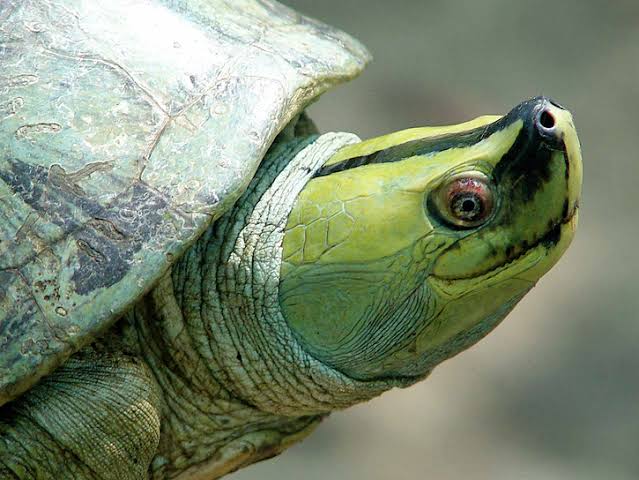
Myanmar roofed turtle (Batagur trivittata) was once called extinct with no possible hopes for survival even when placed in captive assurance colonies, until one day they discovered a shell remnant in 2001. Because of this discovery, live turtles were discovered in a Chinese wildlife market as well as in ponds.
The Turtle Survival Alliance (TSA) came to the rescue, together with the Wildlife Conservation Society (WCS). They created assurance colonies of the Myanmar roofed turtle and after raising the found turtles under the supervision of vets and herpetologists.
After a successful work, the team announced that 60 Myanmar roofed turtles had been released into their regular environments. The roofed turtles were thought to be extinct, and as of today, it remains one of the most endangered turtles. Because of the dedicated efforts of the turtle assurance company, 350+ villagers, government agencies, and local religious leaders supported the release of these creatures. News about the release of Myanmar roofed turtles were announced at the Wildlife Conservation Society.
Turtle Assurance Colony at the Dalton State
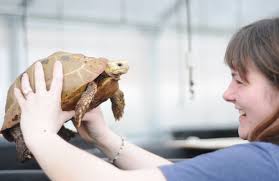
The Dalton State has been involved in protecting different animals, and one of these is the hinge back tortoise (Kinixys homeana). Because of its Turtle Assurance Colony, the parents of the species were able to successfully hatch five eggs in 2016. The Dalton State is a part of the Turtle Survival Alliance. This is a conservation group that was formed to protect turtles in Asia.
Asian turtles are mainly sought for meat, and therefore, members of the conservation group do their best to protect these turtles and encourage the breeding of species that have been endangered around the world.
Hingebacks are native to central Africa and is known to survive poorly in captivity. But with the effort of the Dalton State conservatory and assurance colony, the pair of hinge backs were able to produce three baby turtles that hatched in June 2016. By the time these specimens reach their mature age, these will be traded to other members of the Turtle Survival Alliance to create a deep gene pool.
The Dalton State may become an important contributor in saving different endangered species as it is already home to several endangered and protected species.
Wildlife Conservation Society protects 25 most endangered turtles
It was World Turtle Day in 2013 when the Wildlife Conservation Society announced its successful effort to restore the most endangered species of turtles. Their work is a combination of the establishment of assurance colonies in its many zoos and field conservation work.
A year before, the WCS has announced a strategy to protect 25 most endangered species through their work at the society’s Zoos and Aquarium, Global Conservation Programs, and Zoological Health Program. At the Bronx Zoo and Prospect Park Zoo, assurance colonies for more than a dozen turtle and tortoise species coming from different places around the world. These species were raised and protected in assurance colonies to make sure that these won’t go extinct.
Cross Wildlife Center Turtle Survival Center
One of the most popular groups that help preserve countless turtles through assurance colonies is the Turtle Survival Center or Cross Wildlife Center. Staff from the center has also cared for so many animal species and types.
Other species protected through assurance colonies
Protecting the Panamanian golden frog and Corroboree frog
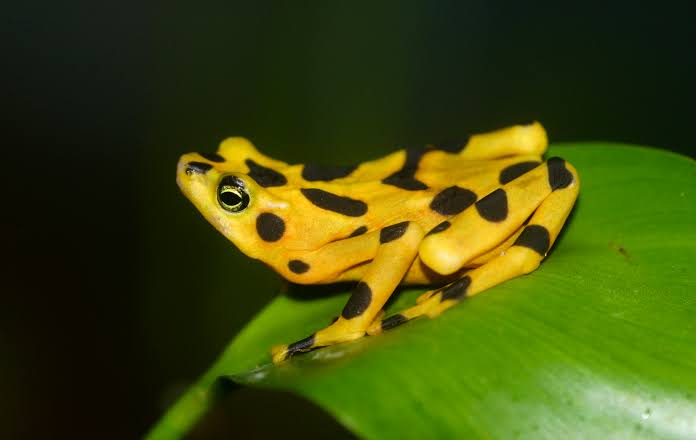
Known as a critically endangered species, Panamanian golden frog (Atelopus zeteki) was declared extinct in 2007, and this was because of its battle with the echytrid fungus. This golden frog species population was already dwindling because of the illegal pet trade and due to habitat loss, and by the time the fungus hit them, they didn’t stand any chance.
But due to the efforts of conservationists and in collaboration with the AZA, a survival plan was created known as the “Project Golden Frog.” Today, assurance colonies are now breeding in captivity with the possible survival of this rare and beautiful species.
Meanwhile, the Australian Corroboree frog (Pseudophryne corroboree) was a species that’s on the brink of extinction because of another fungus called the chytrid fungus disease. This is affecting amphibians all over the world. In Australia, six frog species were already lost to extinction, but thanks to the Taronga Zoo in Sydney, the Corroboree frog is slowly thriving and will soon be out of the list of extinct species. Their assurance program and the breeding program has been successful for the Corroboree frog that they are releasing these in fungus-free natural habitats. This assurance program has also become the marker for the successes of many amphibian conservation programs.
Saving the American alligator

The American alligator was part of the list of Endangered Species in 1967 and was removed from the list in 1987 thanks to the efforts of conservationists. In the 1970s, this alligator species had almost become extinct in the wild, but due to captive breeding programs, they were very successful in reviving the numbers of the American alligator.
This alligator can now be found by the millions in natural habitats in the southeast United States. This method of farming alligators was created by private sectors and state regulations; this included farms that processed alligators for meat, handbags, and many other products.
The American alligator breeding was so successful that a large percentage of these alligators were released back into the wild. From once an extinct species, their numbers were boosted from extinction.
Your role in creating assurance colonies
If you want to help establish assurance colonies for turtles or other reptiles and amphibians, contact a local conservation officer to find out what you can do first. You can start a group and work on projects to conserve local turtle species in your area. Collaborating with international groups can improve your efforts, give your projects a boost, and help you get needed resources for your programs. Most successful and full-scale programs started small, with only a handful of people who believed. You can start small, but you can engage people in communities, schools, churches, and universities to help you out. After all, the more people to help, the higher the chances your programs will be a success.

